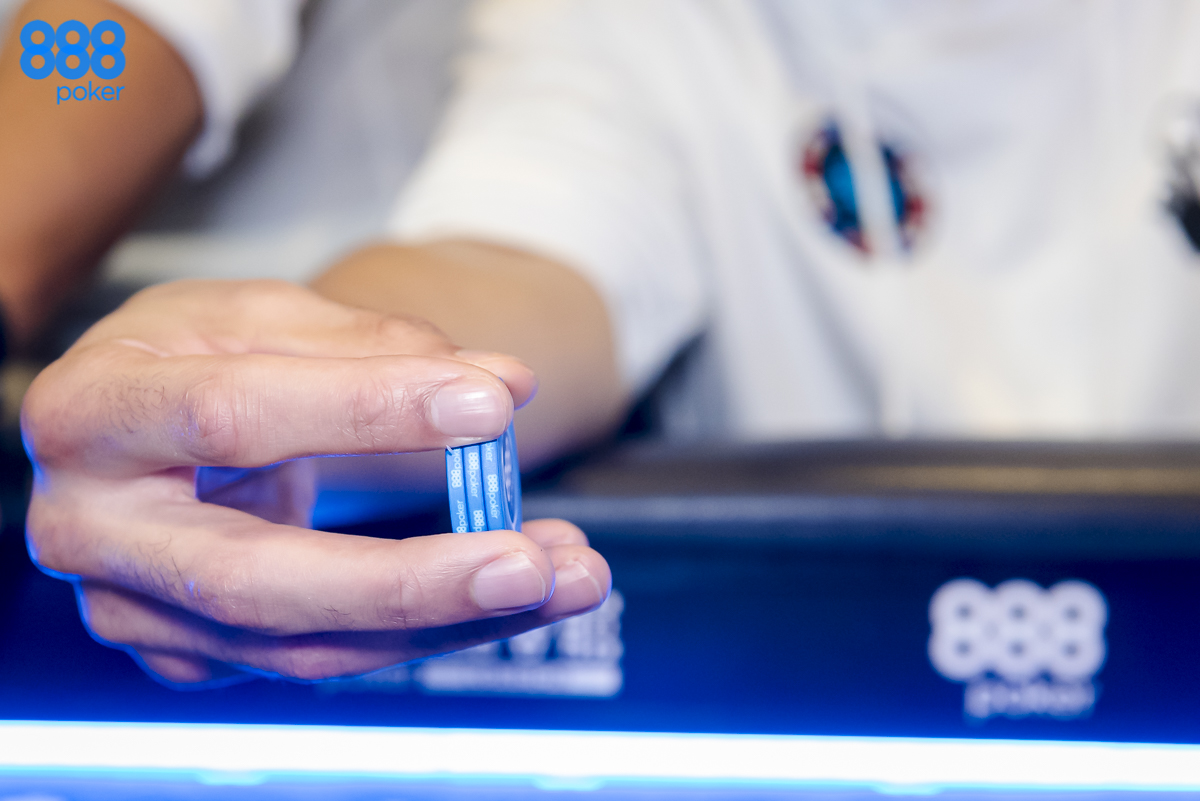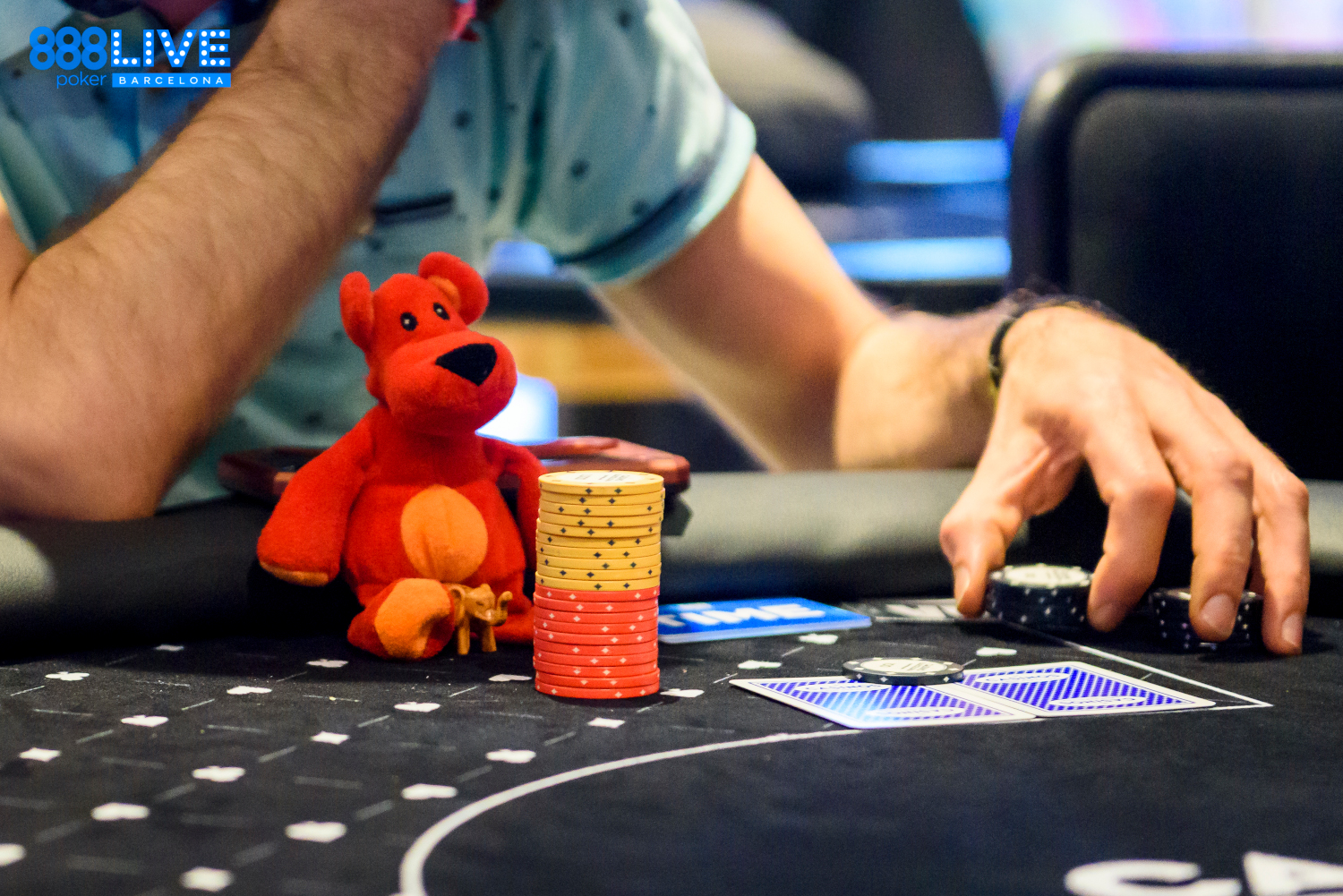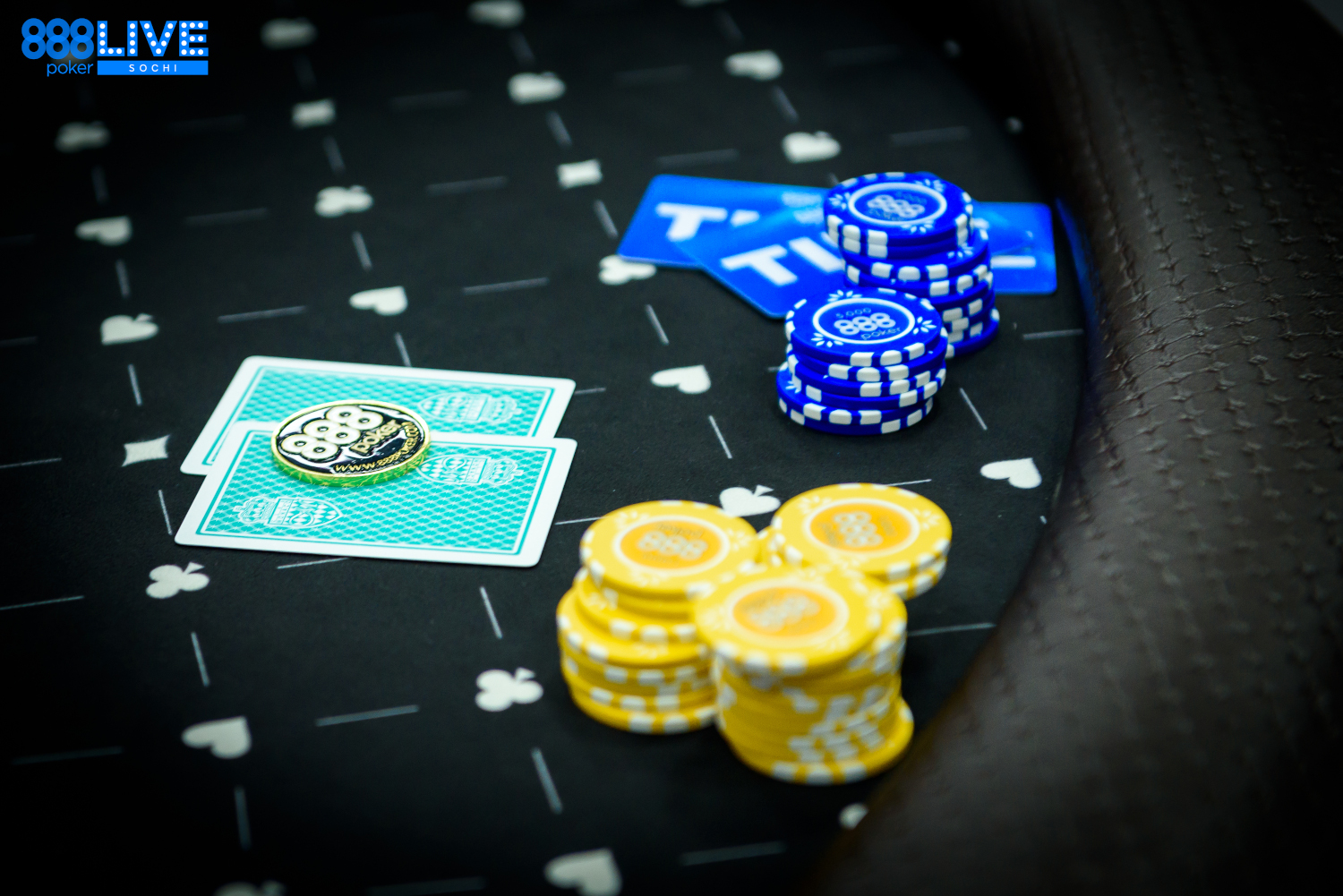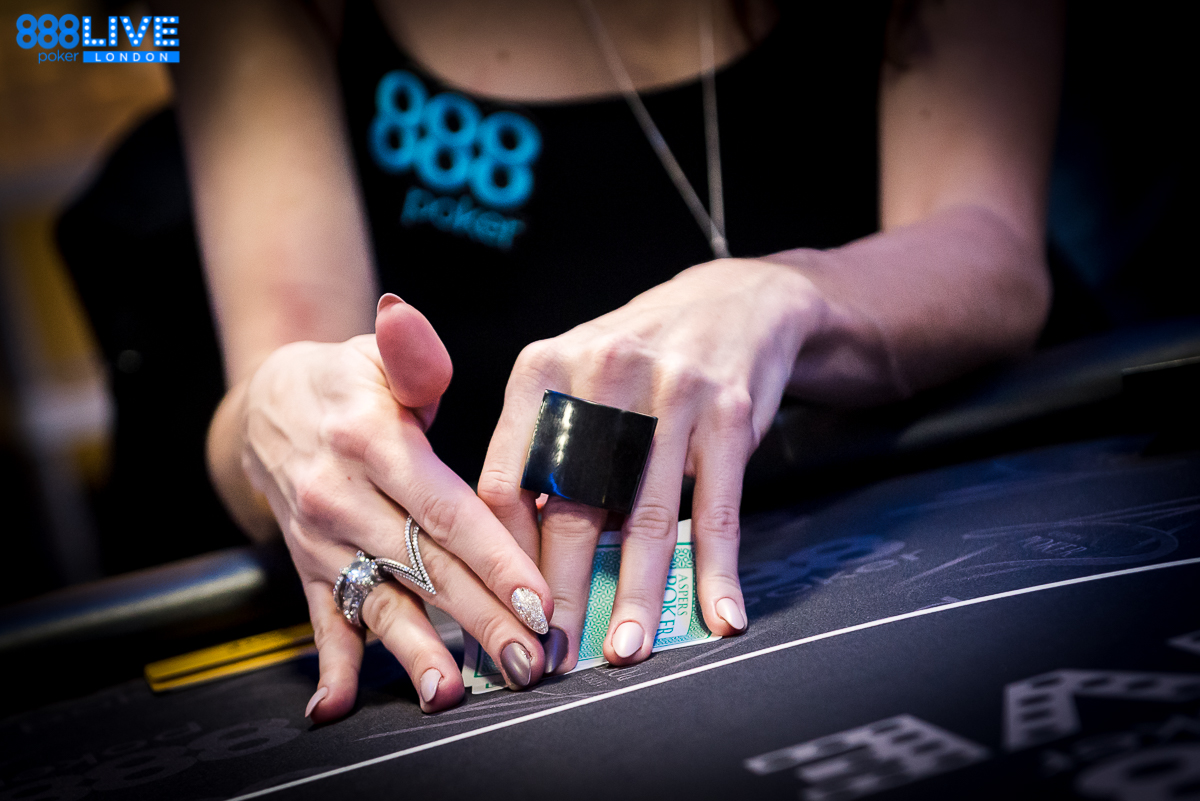Do you want to take your game from good to great in record time? Most expert players got that way by approaching their study and preparation in a specific way.
If you take the time to create and execute a personalized study plan, you will reap the rewards!
Step 1: Look for Your Leaks
There is a popular principle in business literature known as the Pareto Principle.
It states that 80% of our results come from 20% of our efforts.
In practical terms, focusing on the right things will get you maximum results. Generally speaking, you want to look at your poker board game with a critical eye towards your most significant areas for improvement (also known as your leaks).
There are many ways to determine where to focus your study time.
- You could do a database analysis (either by yourself or with a coach).
- Or it could be as simple as reflecting on the spots where you are the least confident.
Confidence is a key element of poker success, and anything that improves it will pay dividends in the long run.
Whatever you do, make sure you spend your study time in a way that will give you 80/20 results. This method will ensure that you make progress quickly!

Step 2: Set Clear Objectives and Outcomes for Your Study Time
Now that you’ve identified a weak spot, you should start considering what it will take to fix it.
- How will you know when it is no longer a problem?
- What knowledge and skills must you learn to eliminate the leak?
You can transform your ideas into specific learning goals. Learning goals are like stepping stones to your overall result. It usually takes some number of them to reach that endpoint. So, don’t worry about coming up with the one perfect goal!
Once you have a goal, it’s time to think about how you will achieve it. You must break your overall goal into a series of learning objectives.
- Learning objectives describe how you will achieve your goal.
- Learning outcomes describe the knowledge and skills you can demonstrate once you have achieved your goal.
Learning objectives are the measurable, bite-sized steps to achieve your goal. Learning outcomes describe what you’ll be able to do once you’ve completed your study/work.
Let’s say that your goal is to respond more effectively to c-bets in a poker hand after you defend your big blind. A good learning objective for this goal would be to use a post-flop solver to study various flop textures. After you get c-bet, you can see which hands you should raise, call, or fold.
The learning outcome of achieving this objective means you will make better decisions on various flops after defending the big blind.

It makes sense to write out your overall poker goals and then work out the appropriate learning objectives and outcomes you’d most like to attain. Remember, for your study plan to be maximally effective, you want to chunk your objectives into small, specific tasks.
You want know exactly what you’re working towards. You also should get very clear on what you need to be able to do once you’ve acquired the knowledge and skills – this is your learning outcome.
Strong learning outcomes often come in the form of, “I will be able to ____.” Examples include outcomes like:
- I will be able to recall my preflop ranges/poker combos for the standard stack depths I play.
- I will be able to defend my big blind appropriately.
- I will be able to formulate exploits based on my understanding of population tendencies.
Step 3: Select Your Study Materials
Once you’ve determined the knowledge and skills you need to acquire to achieve your goals, it’s time to pick out your learning materials. Today, we suffer from an embarrassment of riches when it comes to study materials. There are software tools, books, videos, podcasts, forums, membership sites, streams, and more!
How should you choose? To be as efficient as possible, looking for materials that directly address your learning goals, objectives, and outcomes is essential. The more precise you are about what you want to learn, the easier it is to find the best tools.
If you need clarification on your goals and objectives, it is easy to get overwhelmed by the sheer volume of learning materials. I’d suggest that you research for an hour or two and then make your selection of the best 2-3 sources. You can always change things later if you find they are lacking.

Now that you have your materials consider the best order to use them.
- If you want to use software, do you need to learn how to use it first?
- If so, this needs to become one of your learning objectives, and you’ll have to complete it first.
Step 4: What’s Your Timeline?
How long will it take you to achieve your learning objectives? If you’ve signed up for a coaching program, this timeframe may already be laid out for you.
Otherwise, you’ll need to make your best guess as to how much time it’ll take. Once you have an idea, it’s time to plug it into your schedule.
There are two ways to go about this: bottom-up and top-down.
- A bottom-up approach involves estimating the time a task will take and dividing this number by the time you have available each week. For example, if you think it will take 10 hours to go through a course and you have 2 hours a week to devote to it, then it’ll take 5 weeks to complete it.
- When you use a top-down approach, you set a deadline and make your work fit into that. So, if you want to finish a 10-hour course in a month, you’ll have to devote 2 ½ hours each week to it.
Either way, making a schedule you can stick to is crucial. Think about giving yourself a deadline, and if your learning goal will take a long time, then set milestones along the way.

Completing these milestones will let you know you’re on the right track and can boost your motivation! In no time at all, you’ll be booking a ticket to that WPT poker tournament!
Step 5: Develop a Weekly Schedule
Once you’ve decided on your deadline and milestones, you’ll want to get even more specific and set yourself a study schedule.
- What exactly will you be doing each week to achieve your learning goal?
- Which days of the week will you be working on it?
- Will you be attending coaching sessions?
- Meeting with friends to discuss what you’ve been learning?
- Are there live workshops to attend?
You must put all these items in your calendar to stay on track and not miss anything.
Step 6: Review and Revise
As you are plugging along, it is essential to ensure your plan is working regularly. This step is where the review and revision come in.
- Suppose you allotted 30 minutes to read an article, but after reading a couple, you find it takes an hour. You’ll have to adjust your schedule.
- You may find a certain material is not quite what you need. There’s no reason to stick with it. Take the time to find something more suitable and rearrange your study plan as needed.
Don’t get discouraged if you discover that achieving your learning goal will take longer than initially thought! Just change your plan. Nothing is set in stone.
As long as you are making progress, you should be pleased with yourself.
Most players take a haphazard approach to studying, so doing anything consistently is a major win!

